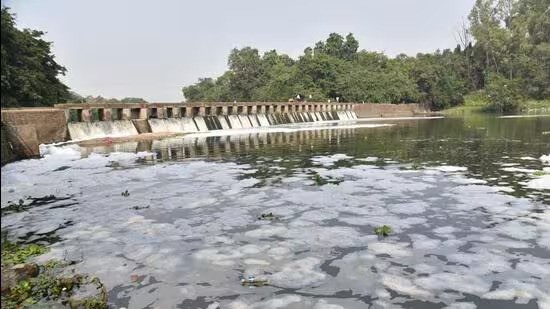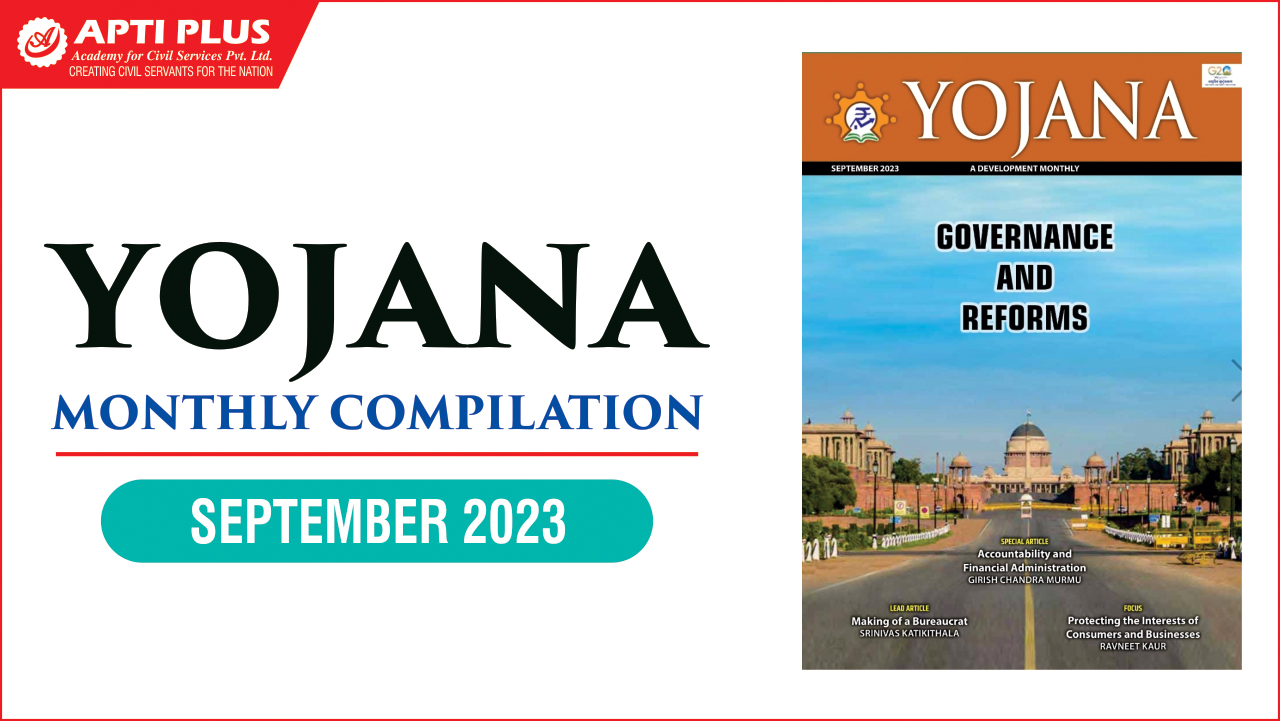Description

Disclaimer: Copyright infringement not intended.
Context
- Citizens and environmental activists have expressed concern over the thick layer of (toxic) foam seen on the Pavana River near Kejudevi Temple in Thergaon, Maharashtra.
- While locals have lodged complaints about it with both the Pimpri-Chinchwad Municipal Corporation (PCMC) and Maharashtra Pollution Control Board (MPCB), they also believe that the authorities are responsible for failing to address the rampant river pollution.
About Pavana River
- It is located in the Pune District in the state of Maharashtra.
- The river is a prominent river that runs through Pune City and separates it from the Pimpri-Chinchwad district.
- It comes from the Western Ghats, around 6 kilometers south of Lonavala.
- It is a tributary of the Bhima River that joins the Mula River in Pune.
- Flowing eastward at first, it turns south and travels through the suburbs of Dehu, Chinchwad, Pimpri, and Dapodi before joining the Mula River.
- The "Pavana Nagar Dam" is being built on this river at Pavana Nagar.

Pavana Nagar Dam
- It is a gravity earthfill
- It has a total storage capacity of 30,500.00 km3 and measures 1,329 m (4,360 ft) long and 42.37 m (139.0 ft) high.
- It was created to give enough water to the surrounding communities. It is the region's primary supply of water.
The reasons for contaminated river stretches are as follows:
- Discharge of untreated or partially treated sewage from cities and towns, as well as industrial effluents, into their respective catchments.
- Problems with sewage/effluent treatment plant operation and maintenance.
- Inadequate dilution
- Solid waste dumping on river banks
- Other non-point pollution sources include Pollutant discharge from diffuse sources or from a greater region, such as agricultural runoff, grazing lands, building sites, abandoned mines and pits, roads, and streets.
- The difference between sewage generation and treatment: This gap between sewage generation and treatment continues to be a major source of river contamination.
- According to the report published by the Central Pollution Control Board (CPCB) sewage generation from urban areas in the country is estimated at 72,368 million liters per day (MLD), against the sewage treatment capacity of 31,841 MLD.
- Rapid urbanization and industrialization have compounded the problem of polluted river stretches.
Initiatives taken by Government
National Water Quality Monitoring Programme (NWMP):
- CPCB has been monitoring the water quality of rivers and other water bodies across the country through a network of monitoring stations under the National Water Quality Monitoring Programme, in collaboration with State Pollution Control Boards/committees in various states / Union territories.
River cleaning and rejuvenation is a continual process:
- It is the responsibility of states, UTs, and local governments to guarantee that sewage and industrial effluents are treated to the necessary standards before discharge into bodies of water, coastal waters, or land.
Namami Gange and NRCP:
- The Union Ministry enhances the efforts of states and union territories. It provides financial and technical assistance for pollution abatement in identified stretches of rivers throughout the country through the Namami Gange Central Sector Scheme for rivers in the Ganga basin and the National River Conservation Plan (NRCP) Centrally Sponsored Scheme for other rivers.

National River Conservation Plan (NRCP):
- The country's river cleaning effort, began in 1985 with the launch of the Ganga Action Plan (GAP). In 1995, the National River Conservation Plan (NRCP) expanded the Ganga Action Plan to include other rivers.
- The objective of NRCP is to improve the water quality of the rivers, which are the major water sources in the country, through the implementation of pollution abatement works.
|
PRACTICE QUESTION
River pollution is a critical environmental issue affecting ecosystems and human health. Discuss the major sources and consequences of river pollution, and propose effective strategies to mitigate this problem. Support your answer with relevant examples. (250 words)
|
















